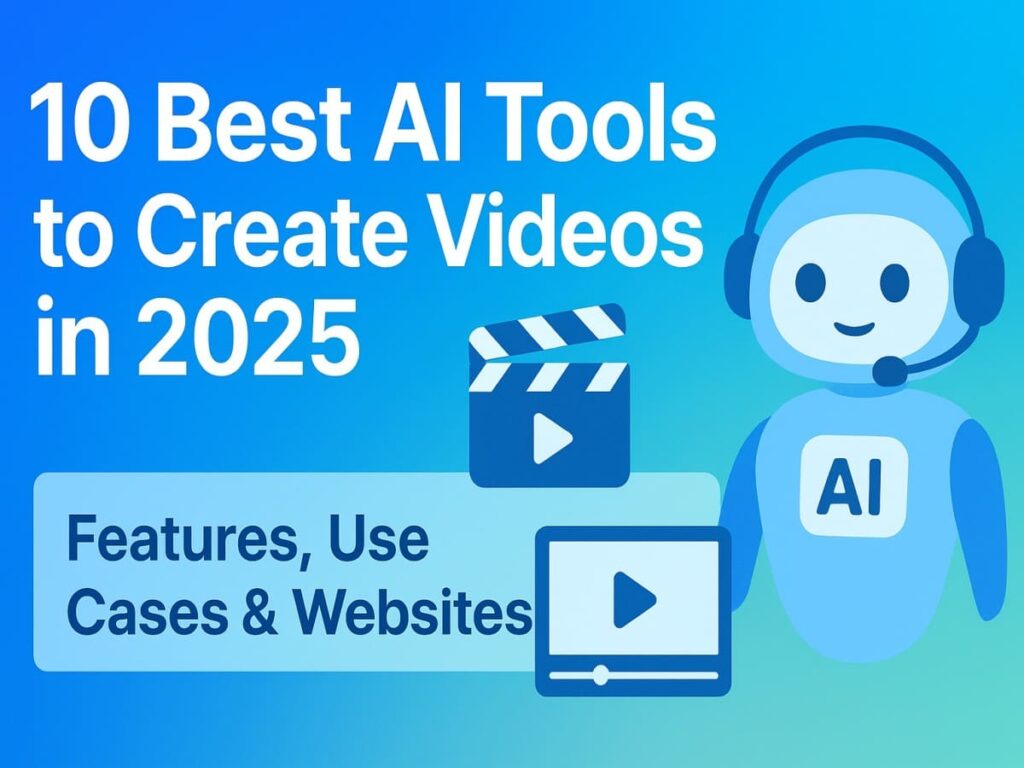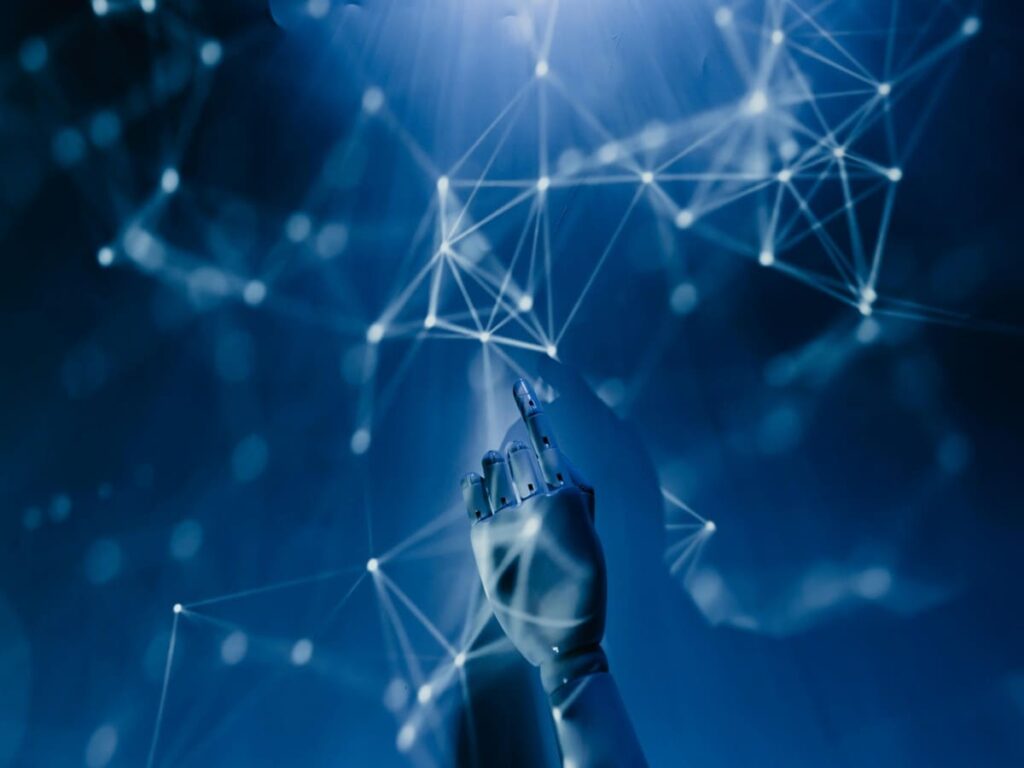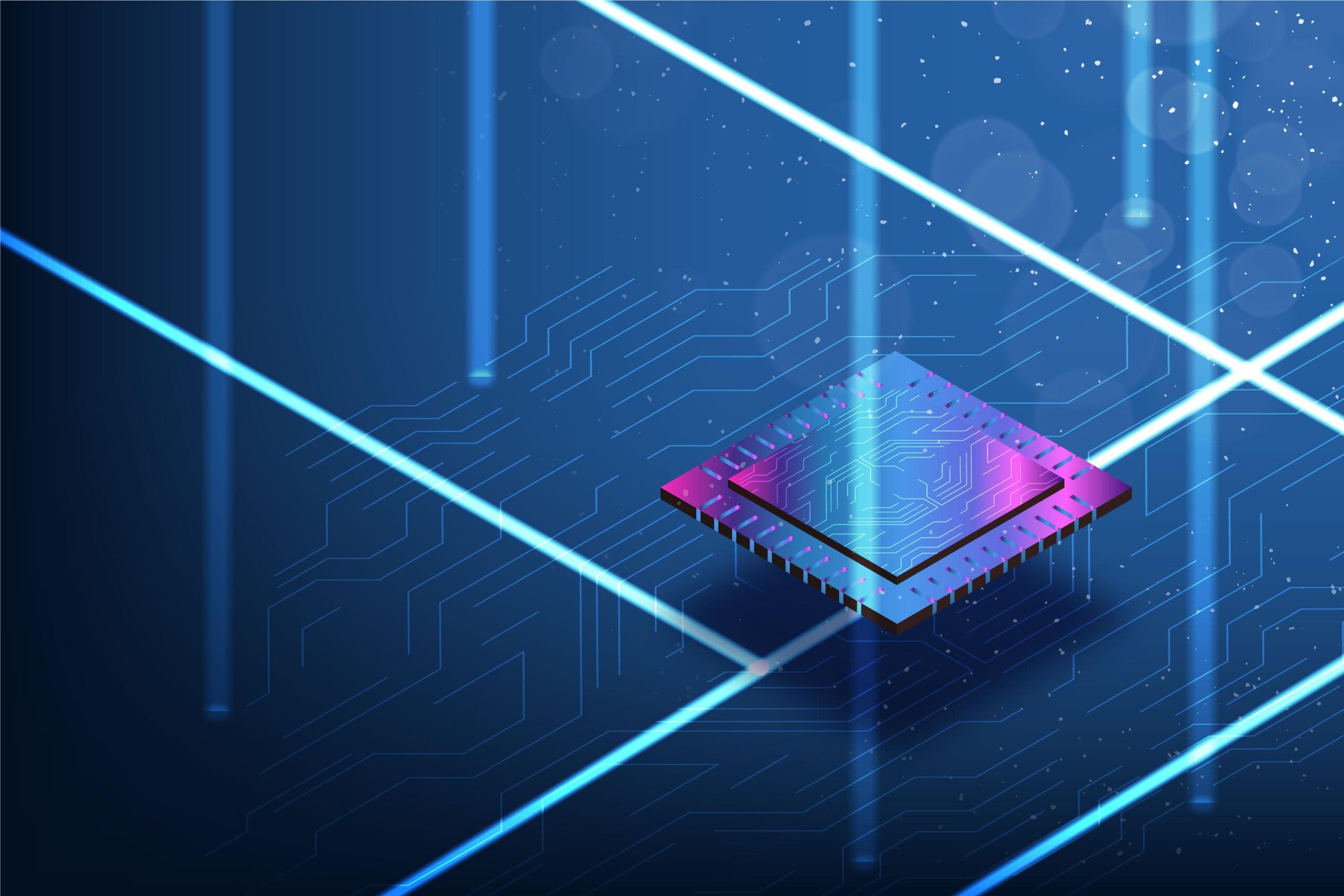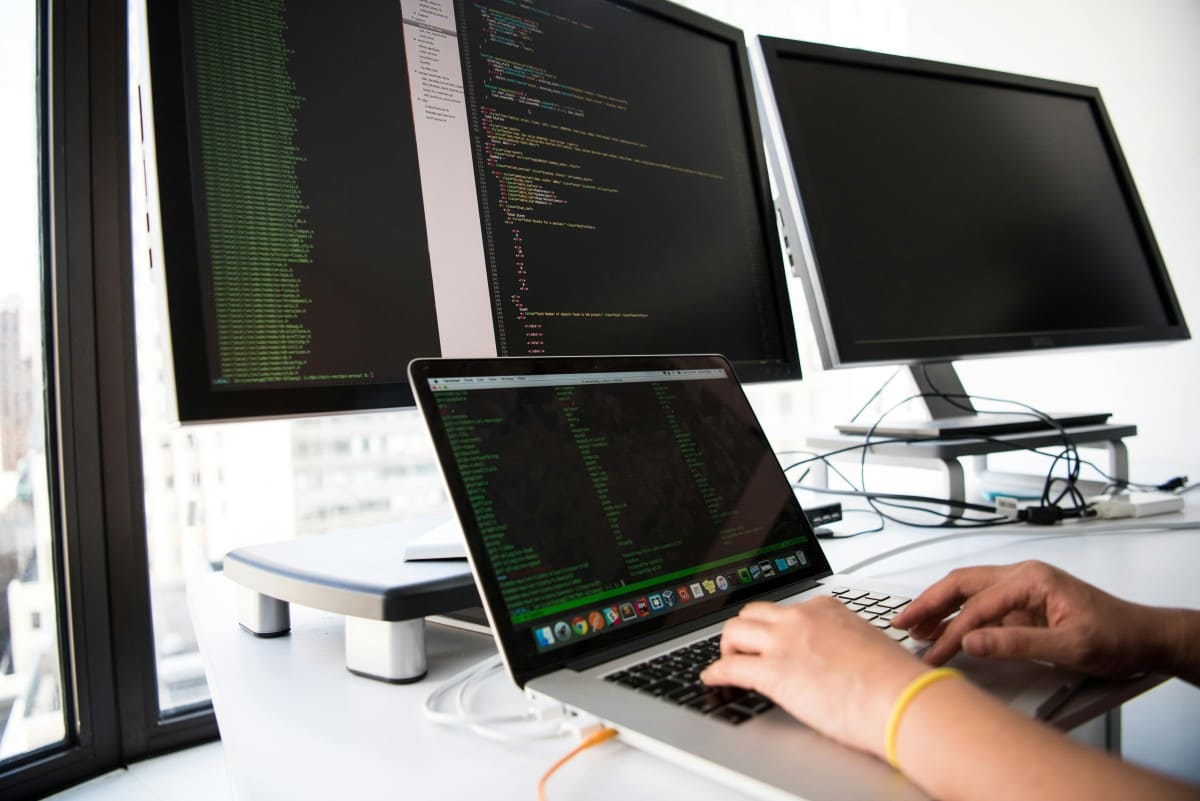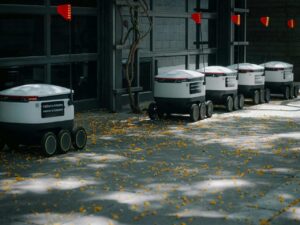Now Reading: How AI Is Powering the Future of Education in 2025
- 01
How AI Is Powering the Future of Education in 2025
How AI Is Powering the Future of Education in 2025
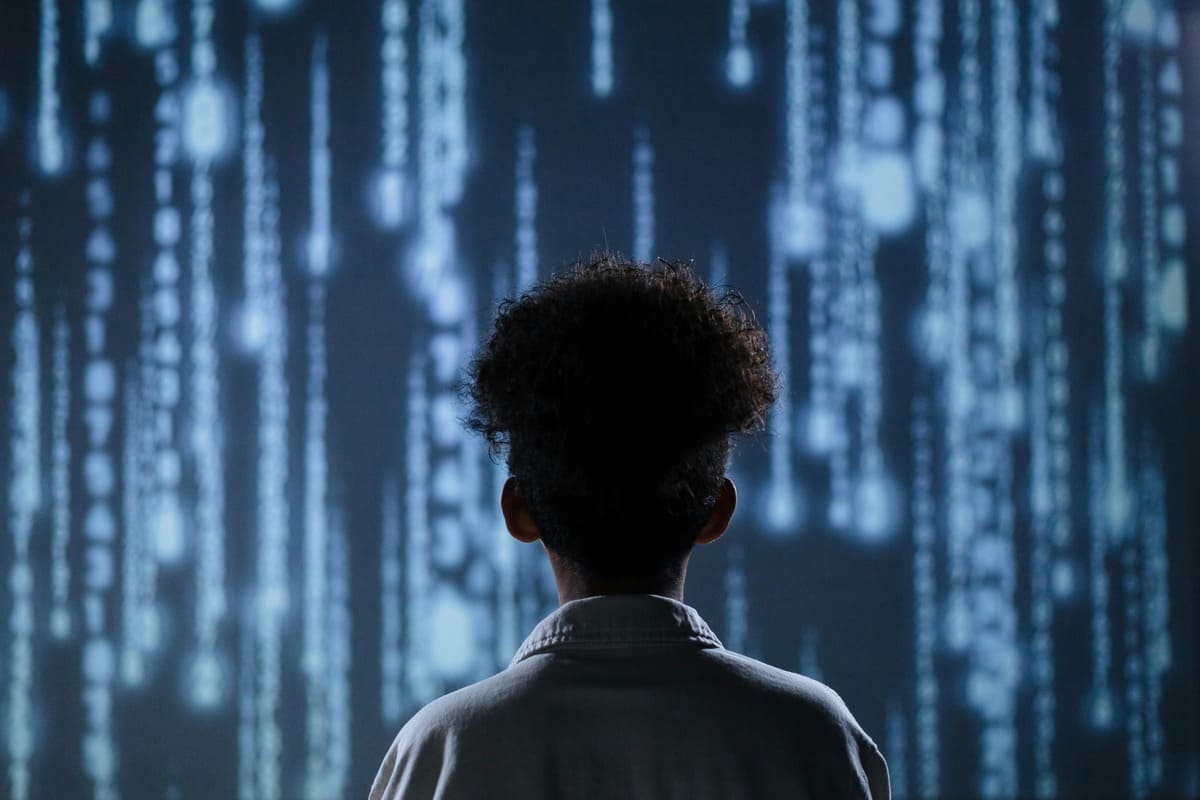
Discover how AI is transforming education in 2025 with personalized learning, virtual classrooms, AI tutors, and inclusive tools. Explore real stories, benefits, and FAQs.
Walk into a classroom in 2025 and you’ll notice something very different. Students aren’t just staring at textbooks or whiteboards. Instead, some are wearing VR headsets, exploring the inside of a cell. Others are talking to an AI tutor that patiently answers questions without ever getting tired. Teachers are no longer buried in piles of notebooks—they’re using AI tools that grade assignments instantly, freeing them to spend more time guiding students individually.
This isn’t science fiction. This is education in 2025. Artificial Intelligence is not waiting on the sidelines anymore—it’s at the heart of how we teach and learn.
The New Face of Education in 2025
Education has always evolved, but the pace at which AI is changing classrooms is remarkable. Unlike older tools like projectors or e-learning websites, AI isn’t just about presenting information—it’s about understanding, adapting, and responding.
Today, AI in education means:
Every child gets a personalized learning path.
Students can learn anytime, anywhere with AI tutors.
Teachers have more time for creativity and mentorship.
Learning feels more real and engaging through immersive technology.
Top AI Trends Shaping Classrooms
1. Hyper-Personalized Learning
Remember when a teacher had to design one lesson for 40 students, hoping everyone understood? In 2025, AI does the heavy lifting. It studies how each student learns—fast, slow, visual, or hands-on—and adjusts lessons instantly. One child may see more visuals, while another gets practice exercises at just the right level.
2. AI Tutors and Assistants
Students no longer have to wait until the next class to clear doubts. AI-powered tutors answer questions at midnight, explain math problems step by step, or even quiz students before a test. For teachers, AI assistants handle FAQs and generate lesson ideas, saving hours of prep time.
3. Immersive Learning (AR + VR + AI)
History comes alive when you can “walk” through ancient Rome. Science is easier when you can “travel” inside the human brain. AI-driven AR and VR experiences are turning tough concepts into adventures.
4. Smarter Assessments
Instead of waiting weeks for results, students now get instant feedback. AI systems grade essays, detect plagiarism, and even highlight areas where a student needs extra help. This feedback loop keeps learning continuous.
5. Inclusive and Accessible Education
AI is a game-changer for inclusivity. Students with hearing challenges use real-time captions. Those with dyslexia can convert text into speech. AI translation tools allow children from different language backgrounds to learn side by side.
6. Predictive Analytics
Schools use AI to spot students who might fall behind before it’s too late. By analyzing attendance, participation, and scores, AI helps teachers intervene early with the right support.
7. Career Guidance Powered by AI
AI doesn’t just stop at academics. It looks at student strengths and matches them with real-world career opportunities. Imagine a teenager discovering their passion for design or coding because an AI system highlighted their hidden talent.
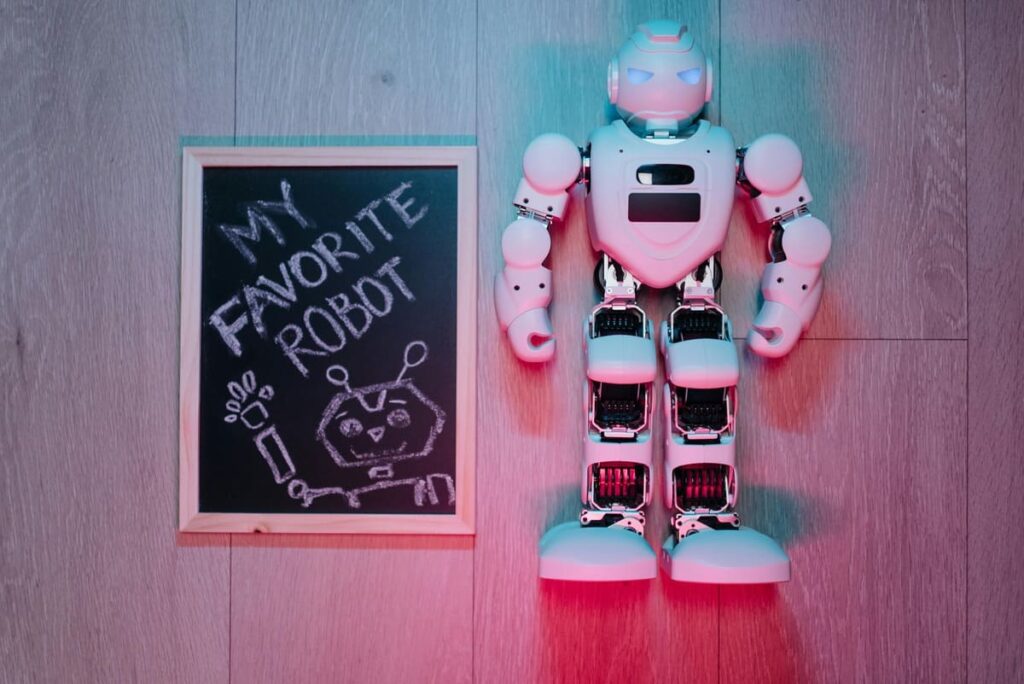
Real Stories That Show the Change
Story 1: A Rural School Finds Its Voice
In a small rural school, English lessons were always a challenge. Today, AI-powered translation tools instantly convert the teacher’s English into the local language. For the first time, students are engaging confidently in science and math.
Story 2: A Teacher’s New Best Friend
One high school teacher was overwhelmed by grading essays for 200 students. With AI handling the first round of evaluation, she now spends her time mentoring students, focusing on creativity instead of corrections.
Story 3: Overcoming Dyslexia
A student with dyslexia once struggled to read assignments. With AI reading tools, he now listens to lessons in audio, participates in class discussions, and performs at the same level as his peers. His confidence has soared.
Story 4: The Virtual Science Lab
In a city classroom, students don’t just read about volcanoes—they simulate eruptions using AI-powered virtual labs. The excitement in the room proves that learning isn’t boring anymore—it’s an adventure.
Benefits of AI in Education
Personalized learning for every child.
Time saved for teachers, allowing more human connection.
Equal opportunities for students with disabilities or language barriers.
Deeper engagement through interactive, immersive content.
Smarter decisions for schools based on real-time data.
Challenges That Still Remain
Not every school has access to high-tech tools.
Teachers need training to use AI effectively.
Privacy and ethics must be protected to keep student data safe.
Risk of over-dependence on AI tools.
Bias in algorithms could create unfair outcomes if not monitored.
Best Practices for Schools
Train teachers before introducing AI into classrooms.
Combine AI tools with human teaching—don’t replace it.
Ensure rural and underprivileged schools also have access.
Build strict guidelines for ethical AI use.
Encourage students to think critically about AI’s answers.
FAQs
1. What is AI in education?
It’s the use of AI-powered tools to personalize learning, assist teachers, and make classrooms more engaging and efficient.
2. How does AI personalize learning?
AI analyzes each student’s progress and tailors lessons, exercises, and feedback to their pace and style.
3. Will AI replace teachers?
No. AI supports teachers but cannot replace their creativity, empathy, and personal guidance.
4. Can AI help struggling students?
Yes. AI identifies weak areas early and provides targeted support, helping students catch up.
5. Is AI affordable for every school?
Costs are coming down, but many rural schools still need government or NGO support to adopt AI tools.
6. How does AI help students with disabilities?
By providing text-to-speech, speech-to-text, captions, and translation features, AI makes classrooms more inclusive.
7. How is AI used in grading?
AI can grade objective tests, essays, and even projects, while giving instant feedback.
8. What risks come with AI in education?
Privacy concerns, bias in AI systems, and inequality in access are the main risks.
9. Can AI guide students in choosing careers?
Yes. AI analyzes skills and interests to suggest potential career paths and skills to build.
10. What is the future of AI in education?
Expect more immersive classrooms, smarter tutors, and global access to personalized education.
Why the Benefits of AI in Education Truly Matter
It’s easy to list down benefits like “personalization” or “time-saving,” but what makes them powerful is how they transform real lives:
Confidence for Every Learner – When a child who once struggled suddenly keeps up with the class because of AI’s personalized support, their confidence grows. And confidence often matters more than marks.
Stronger Teacher-Student Bonds – With less time spent on paperwork and grading, teachers can finally do what they love most—interacting with students, mentoring them, and inspiring curiosity.
Breaking Geographical Barriers – AI brings quality education to rural and remote areas where good schools are scarce. A child in a small village now has the same access to learning tools as one in a big city.
Preparing Students for Tomorrow – The workforce of 2030 will need AI literacy, problem-solving, and adaptability. Students learning with AI today are already one step ahead.
Making Education Truly Inclusive – From text-to-speech for visually impaired learners to real-time translations for multi-lingual classrooms, AI ensures no child feels left out.
Encouraging Lifelong Learning – AI tools are not limited to school years. They stay useful in college, professional training, and even workplace upskilling, turning learning into a lifelong habit.
In short, the biggest benefit of AI in education isn’t just efficiency—it’s opportunity. Opportunity for every learner, every teacher, and every school to aim higher than ever before.
Final Thoughts
Education in 2025 looks nothing like it did a decade ago. AI has transformed classrooms into spaces where every child’s needs are recognized, teachers are empowered, and learning is engaging and inclusive.
The stories of rural schools breaking barriers, students overcoming learning challenges, and teachers rediscovering their passion prove one thing: AI isn’t here to replace humans—it’s here to empower them.
The future of education is not about machines taking over—it’s about machines and humans working together to unlock the full potential of every learner.


